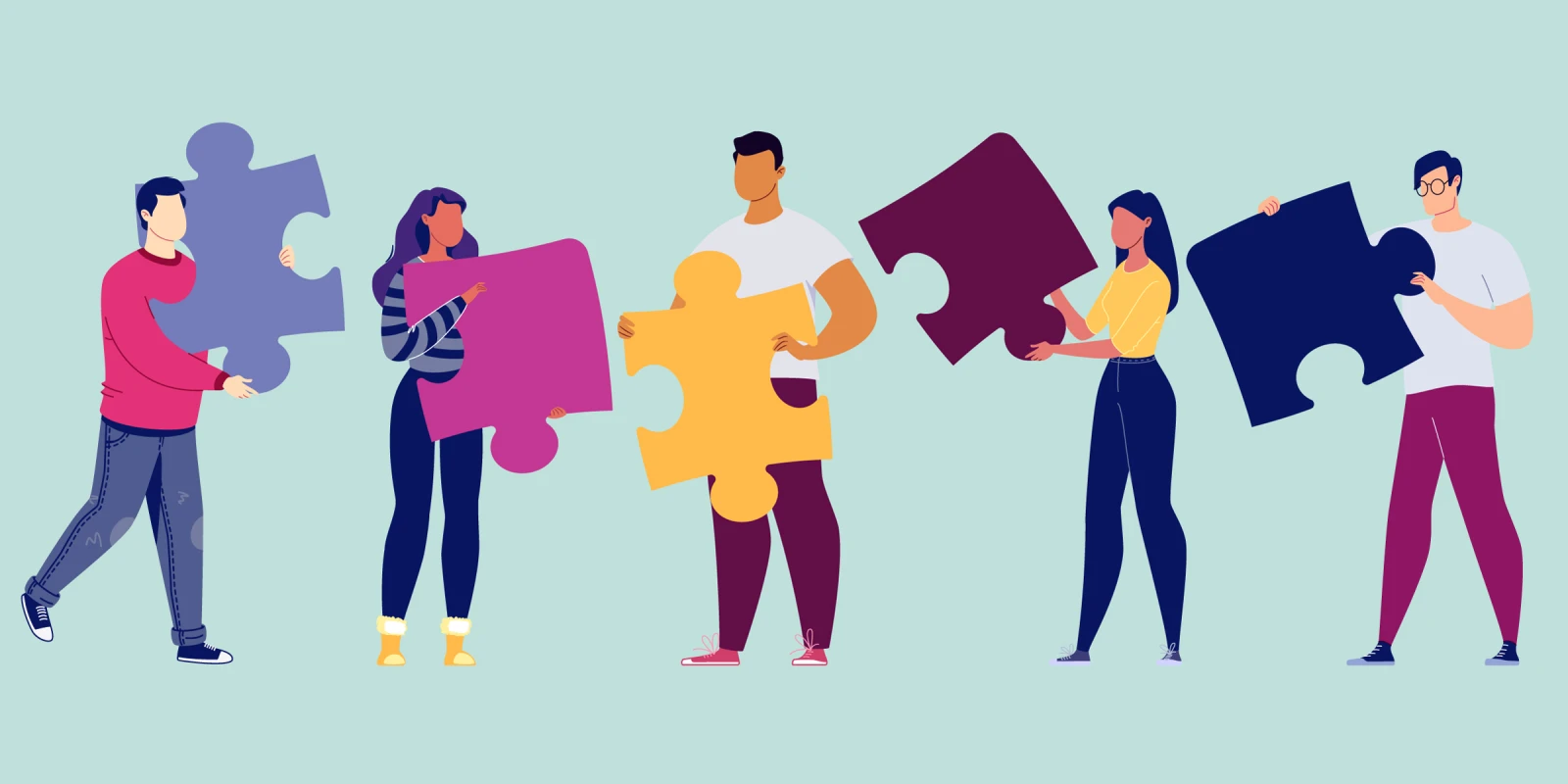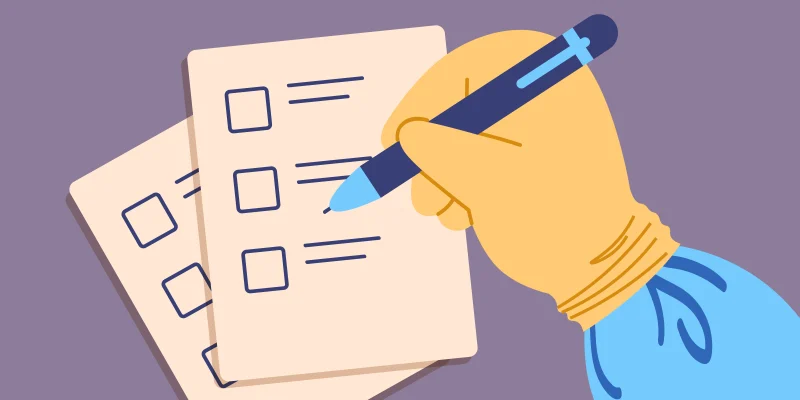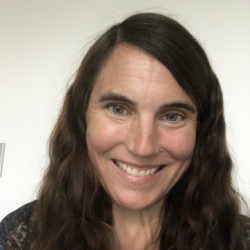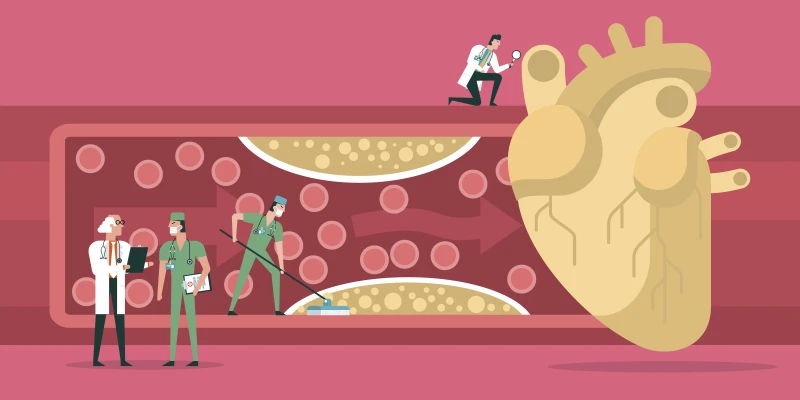Throughout my life, my outward ethnic identity has been complicated by my eyes. I have a congenital condition – a bilateral ptosis – that causes both my eyelids to droop. Still, I was surprised when, one day in high school, as I walked alone through the halls, a physics teacher followed me and spoke Mandarin to me. He felt he had known me for my face – that I had eyelids that drooped and a complexion darker than his. He knew me as Asian, so he spoke to me in Mandarin.
Folks often assume that Asian Americans are the same, that our communities have the same faces, the same struggles, and the same values. This assumption is pervasive in data collection: Despite our diversity, Asian folks are categorized into one colossal monolith. The problem of aggregating Asian data together, though, is that while some Asian subgroups have cultural ties, similar languages, and shared histories, Asian American communities have different characteristics, challenges, and needs.
The continent of Asia is made up of almost 50 countries. There are nearly 2,300 languages, and close to 5 billion people. In the summers of my youth, I visited the Philippines with my family, fully knowing that, outside of that southeastern archipelago, entire worlds, vastly different from our own, existed in Asia: the massive metropolitan areas of China, the 878 islands of Malaysia, and the density of Bangladesh, a country smaller than Iowa with nearly 161 million people. Even in the thousands of Philippines islands, there are at least 182 ethnolinguistic groups, which share common ethnicity and language.
In the United States, there are an estimated 22 million Asian American people, whose ancestry traces to Eastern, Southeastern, or South Asia, according to U.S. census data. Of those people, Chinese, Filipino, Indian, Vietnamese, Korean, and Japanese people make up 85% of the Asian American population, with Hmong, Laotian, and many other Asian groups making up the remaining 15%, according to Pew Research Center.
Despite our diversity, our data are aggregated together, hurting certain Asian subgroups. During the first year of the pandemic, for example, data on COVID-19 cases and mortality rates of Asian Americans in San Diego county, viewed in aggregate, suggested Filipino Americans fared as well as the rest of their Asian counterparts. However, data disaggregated by ethnicity showed Filipino Americans had the second highest mortality rate among all ethnicities in the county, likely in part because many Filipino folks work as front-line nurses and in other health care roles. Resources and support, however, were missing for Filipinos because they were grouped together with other Asian groups. If data aggregation hid this vital information, what else are we missing?
Other datasets have thrown light on representation of Asian Americans in medical training. Recent data on Asian medical school applicants suggest that certain Asian subgroups, especially southeast Asian groups, such as Hmong, Laotian, and Vietnamese folks, may be underrepresented in medical training. However, medical school admissions data tend to group these Asian subgroups together, erasing the disparities in representation that southeast Asian groups may face.
In my view, the purpose of identifying identities underrepresented in medicine is to ensure we develop a more diverse physician workforce that, at least, is representative of our patient populations. Working toward this goal, we will bring greater justice and equity to medical education. More importantly, we can provide more personalized, accessible, and culturally informed care to our patients.
Growing up, I knew how different my Filipino heritage was from that of my Asian peers. In elementary school, my mother gave an annual presentation about the Philippines, a country in Southeast Asia. She would bring some of our formal wear and food, sample customary dance, and teach words in Tagalog, the national language of the Philippines. Later, my mother would found the Multicultural Festival at our school so that folks of color, in a midwestern city overwhelmingly white, could celebrate our differences. She fought for the existence of Filipinos and other ethnicities to be known at my school.
In the movement to disaggregate Asian data, it seems we are fighting to make our existence known again. Filipinos in California, Hmong folks in Minnesota, and Chinese communities in Quincy, MA know how diverse Asian Americans are. But the beauty and tragedy in our differences are hidden from the public eye when we are all grouped together. Asian Americans are not a monolith. And it’s time our data in medicine reflected that.
Share a time when a dataset revealed something surprising or disappointing.
Amador (“Tino”) Delamerced is a medical student at the Warren Alpert Medical School of Brown University. He is the producer of Firsts, a podcast series about first-time experiences during medical training. Tino is a 2021–2022 Doximity Op-Med Fellow.
Image by Vladimir Kononok / Getty




